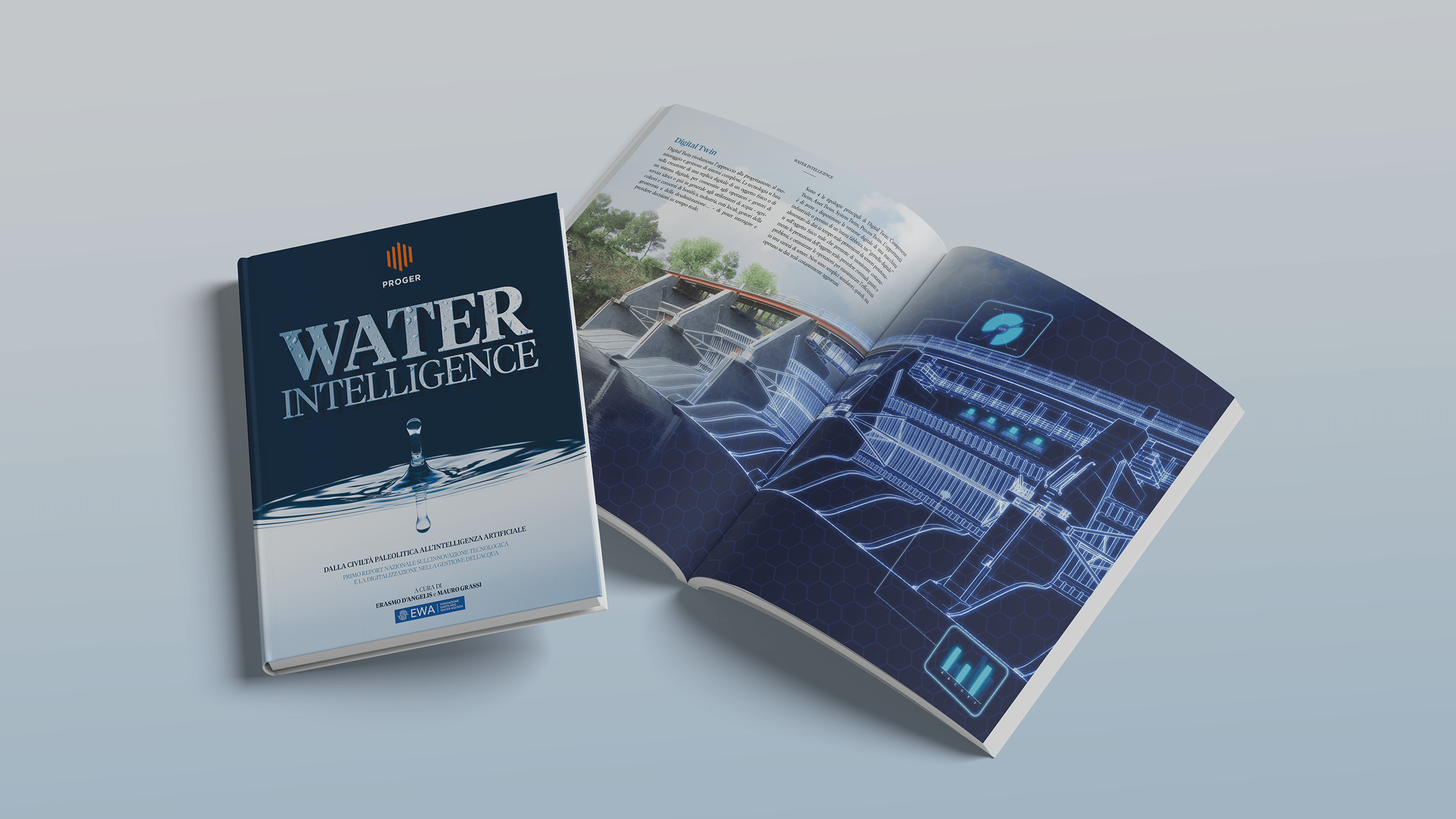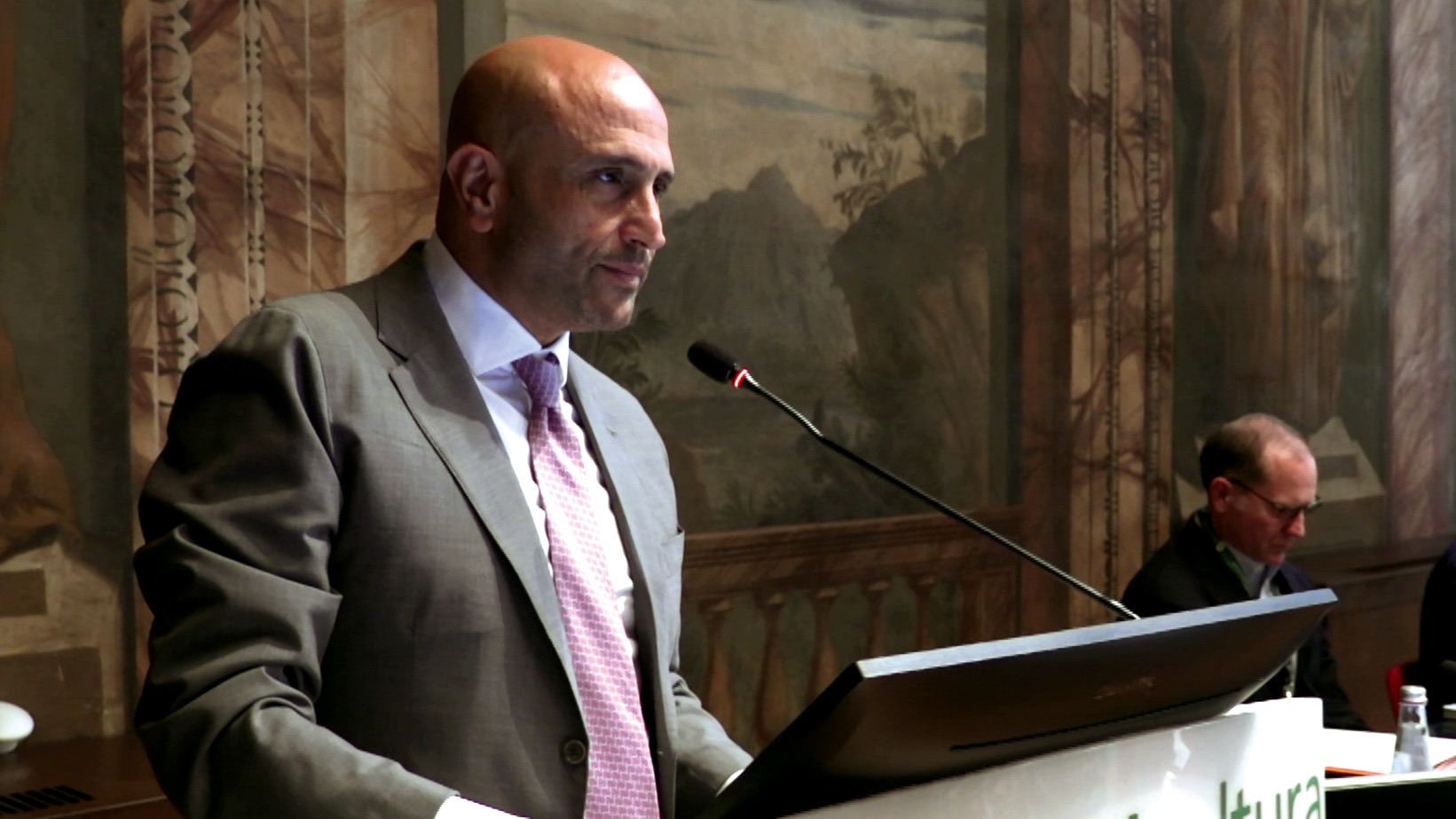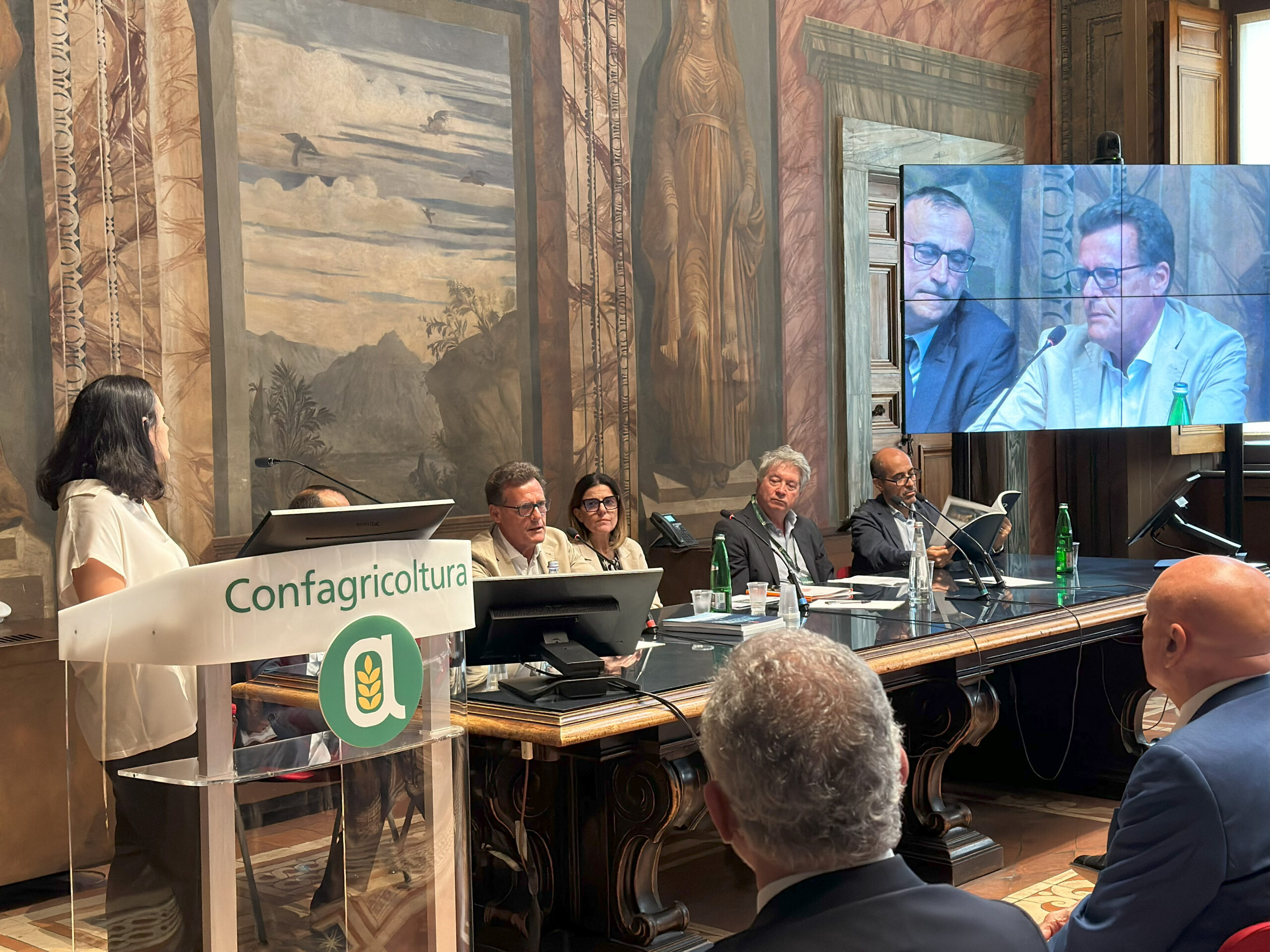Water Intelligence
The first Italian report on the evolution of technologies dedicated to water management: artificial intelligence supporting human intelligence to solve today's and tomorrow's problems.

With a new study on water and its technologies, Proger Observatory on the Infrastructure of the Future continues its work.
If the world of water in its various uses is commonly perceived as still “technologically primitive,” Water Intelligence, the first national report on large-scale technological innovation and digitization in the management of the water cycle, disproves this prejudice and shows the tumultuous advance of technologies in every phase of the water cycle: from storage to withdrawal, from use to purification, and the still untapped potential of reuse. The high-tech applications that integrate artificial intelligence, sensors, robotics, supercomputers, data mining, satellites, digital twins, simulators, membranes, pipelines, and control and management systems are described in the Proger Observatory study on the infrastructure of the future by Erasmo D’Angelis and Mauro Grassi, president and director, respectively, of the Earth and Water Agenda Foundation. Water Intelligence is an eloquent review of the evolution of technologies dedicated to water management and how artificial intelligence can augment human intelligence in solving current and future problems related to the water cycle, which is of growing interest to farmers, water companies and dam managers, industry sectors, and governments..
The report also serves to reflect on the urgent need to develop an “Integrated National Water and Hydrogeological Security Plan” in Italy. This is a subject on which Proger, a multidisciplinary engineering company, has been working for years to disseminate and spread a culture in the sector, starting with the publication of the report “Water Economy in Italy” in 2023, and developing research projects such as the “Guidelines for Territorial Water Sustainability”, carried out within the Assoreca association: a new “synergistic” model for the efficient management of water resources, currently being tested in northern Italy, in collaboration with the Piedmont region.
In Italy there are now more than 150,000 technological applications, including artificial intelligence, for monitoring and managing water for all uses
In the capture, storage, distribution, use and recycling of the blue gold, the water industry stands out as one of the most permeable and promising sectors for the adoption of digital applications and generative artificial intelligence. Leading companies have developed digitized ways to set up advanced and remote control systems, management platforms integrated with information systems, sensor technology, precision topography with laser scanners and georadar.
The technologies available are often the result of Made in Italy research and our scientific bodies, starting with Ispra, CNR, Enea and Copernicus, and allow operators to anticipate and manage every normal and emergency management phase, thanks to satellite and monitoring systems based on sensors, IoT and AI to control runoff and groundwater and surface water quantities; they allow the management of about 500. 000 km of water networks and 1 million km of sewerage networks, with “smart” sections that control consumption in real time through smart meters that provide detailed knowledge of network conditions; they support wastewater treatment and rainwater harvesting systems for industrial and urban use, ensuring maximum quality and reducing environmental impact. Italian excellence extends to space: water supplied by SMAT in Turin quenches the thirst of astronauts and cosmonauts on the International Space Station ISS.
An investment plan to safeguard water

“There is no shortage of water, there is enough for everyone, but at least a 10-year structural intervention is needed; the drought has already cost 30 billion”
Italy, which has experienced 9 severe droughts in the last 20 years with a total cost of about 30 billion euros, owes its water vulnerability mainly to the absence or chronic shortage of primary water infrastructure and, above all, to the lack of planned and shared management of water storage, distribution and reuse. Although Italy is endowed with an abundance of theoretically extractable freshwater (140 billion cubic meters), this generous natural condition does not translate into a similar abundance in the availability of the resource. Climate scenarios developed by scientific centers confirm that water abundance and scarcity coexist and are two sides of the same coin that Italy must deal with. Extreme weather phenomena combine with the inadequacy and age of the water infrastructure, which was designed for the needs of the 1950s and is not resilient to climate change. As a result, of the 27 countries of the European Union, Italy is the country that extracts the most drinking water, but it is also the leader in losses along the 400,000 km network of the Integrated Water System: of the 9.1 billion cubic meters released each year, only 4.6 billion cubic meters reach their destination.
“Heavy rains in the north and extreme drought in the south, the current situation perfectly reflects the emergency and above all the lack of infrastructure and planning. In Italy there is no shortage of water, but it does not reach its destination because the water infrastructure network is inadequate and there has been a lack of investment in technology applied to water services”, comments Marco Lombardi, CEO Proger and President of the Observatory, “There is a lot of “know-how” but very little culture: culture is reflected in behaviors, conscious choices and daily actions, in the policies of a country. We need more sustainable management, also thanks to neural networks and artificial intelligence, through less consumption and less waste. This shortage should be one of the top priorities of politics and business. We need social sensitivity to water resources, there is a lack of vision, we cannot intervene on the emergency, we need to plan a 10-year structural plan to protect this precious resource”.
Over the past 20 years, the state has invested between 1 and 2 percent of national public spending, almost zero compared to other network service sectors. This irrelevance is also confirmed in the NRP, with investments amounting to 4.3 billion out of a total of 238 billion.
The concrete proposal of the Water Intelligence Report:
1) 13.8 billion should be spent on water management, including
- 7 billion for integrated water services
- 1.8 billion for 20 new dams
- 5 thousand small and medium reservoirs
- 1 billion for dam removal
- 1 billion to increase hydropower production
2) 3.85 billion for measures to deal with hydro-geological instability
- 2.4 billion for land defense
- 1.4 billion to strengthen technologies, monitoring and research
Water sustainability

“Italian water resources are managed on an emergency basis, which minimizes their effectiveness and increases their intervention and management costs”
In addition to a sieve network, there is also little attention to water conservation in the manufacturing sector, which absorbs about one-fifth of end use (21 percent). The relationship between the volume of water used and the value added generated by each sector, expressed by the Water Use Intensity Indicator, is emblematic: in Italy, on average, about 13 liters of water are used per euro of value added generated. Chemicals, textiles and paper are among the most water-intensive sectors. In the industrial sector, greater use of purified water would be essential to reduce the need for groundwater or spring water. This is all the more important as Italy pays 60 million euros a year in fines to the EU for various water infrastructure offences, including the lack of waste water purification and filtration systems, both in agriculture and industry, and their reuse, including in the civil sector.
Marco Sandrucci, head of Proger’s Environment and Geology Department and coordinator of Assoreca’s Water Sustainability Working Group: “It is necessary to change water management, where the waste of one use can be the supply of another. This is the logic of a circular economy culture, where recycled water MUST have its own economic value, an aspect that is not by chance attracting the attention of the financial world (green bonds and other financial assets). Water, even more when it is treated and recycled, is an economic asset and as such it must have its own value that allows it to be included as part of financial investments to support public and private water needs. We need to implement solutions that are technologically integrated, modular and imbued with elements of energy and technological sustainability, increasingly supported by artificial intelligence“.